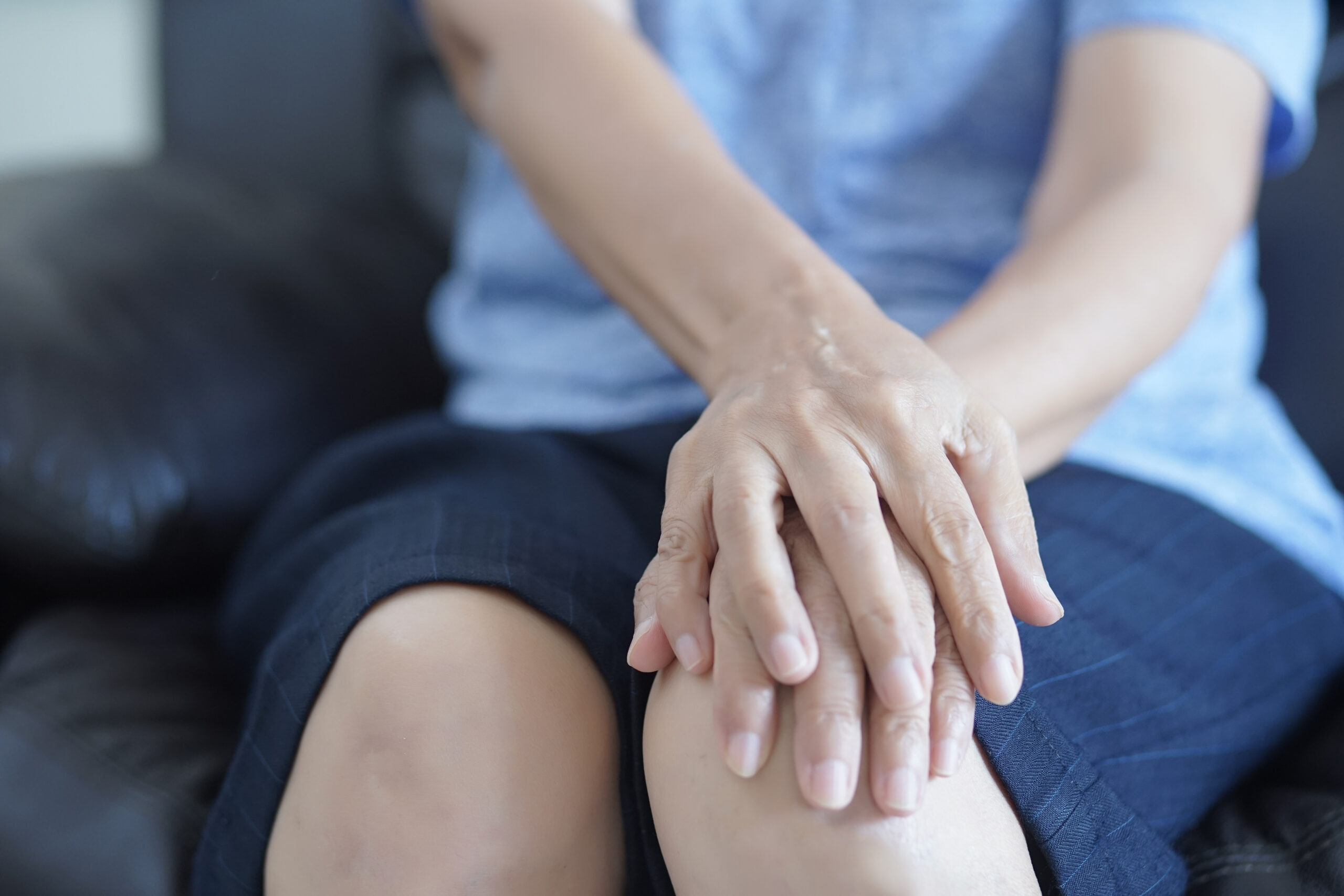Table of Contents

Carrying just 10 extra pounds could add up to 60 pounds of force on your knees with each step, significantly increasing your risk of developing painful knee osteoarthritis and changing how you might approach prevention.
At a Glance
- Being overweight increases knee osteoarthritis (OA) risk dramatically—women have nearly 4 times the risk and men 5 times greater risk
- Weight loss offers substantial protection—losing just 11 pounds can reduce knee OA risk by over 50% in women
- Obesity contributes to OA through increased mechanical stress and systemic inflammation
- Combining moderate exercise (150 minutes/week) with strength training (2 days/week) can significantly reduce symptoms
The Heavy Burden on Your Knees
The connection between body weight and knee health is startlingly direct. For every step you take, your knees absorb a force equivalent to 3-6 times your body weight. This means carrying an extra 10 pounds of body weight forces your knees to manage an additional 30-60 pounds of pressure with each step. Over time, this additional force accelerates the breakdown of cartilage in your knee joints, leading to osteoarthritis—the most common joint disorder affecting more than 500 million people worldwide. The condition causes pain, stiffness, and eventually may limit mobility and independence, particularly for adults over 40.
The effects of excess weight extend beyond simple mechanical stress. Adipose (fat) tissue actively produces inflammatory proteins called adipokines that create a systemic inflammatory environment. This inflammation damages cartilage throughout the body, which explains why obesity increases osteoarthritis risk even in non-weight-bearing joints like those in the hands. For people with osteoarthritis who are also obese, a troubling cycle often develops—joint pain leads to reduced activity, which contributes to further weight gain, worsening both conditions.
The Weight Loss Solution
Weight management stands as one of the most effective interventions for both preventing and managing knee osteoarthritis. Research has demonstrated that even modest weight loss can produce dramatic benefits. A landmark study found that for women of average height, losing just 11 pounds reduced their knee osteoarthritis risk by more than 50%. For those already diagnosed with knee OA, weight loss reliably reduces pain and improves physical function, with benefits proportional to the amount of weight lost.
The American College of Rheumatology strongly recommends a minimum 5% weight loss for overweight adults with osteoarthritis, noting that clinical benefits increase with further weight loss of 10-20% or more. For those unable to achieve significant weight loss through diet and exercise alone, bariatric surgery has shown promising results in reducing osteoarthritis symptoms along with substantial weight reduction. However, less drastic approaches combining dietary changes with appropriate exercise are effective for most individuals.
Beyond Weight: Other Risk Factors
While obesity represents a major modifiable risk factor for knee osteoarthritis, it's not the only one. Previous knee injuries significantly increase risk, with damage to ligaments, menisci, or cartilage often leading to osteoarthritis years later. Occupational factors also play an important role—jobs requiring frequent kneeling, squatting, or heavy lifting place workers at higher risk. Interestingly, research has identified shift work as a risk factor, possibly related to disruptions in sleep patterns and inflammatory processes.
Recent studies have also identified dietary factors that may influence osteoarthritis risk. A Mediterranean diet pattern has been associated with reduced risk, potentially due to its anti-inflammatory properties. Specific foods like green tea and dark bread may offer some protection, while highly processed foods appear to increase risk. These findings suggest that comprehensive prevention strategies should address multiple lifestyle factors simultaneously for maximum benefit.
Exercise: Friend Not Foe
Many people with knee pain avoid exercise, fearing it will worsen their condition—a response known as kinesiophobia. However, appropriate physical activity is crucial for both prevention and management of knee osteoarthritis. Current guidelines recommend 150 minutes weekly of moderate-intensity activity plus two days of strength training exercises. For adults over 65, balance exercises are also recommended to reduce fall risk. The key is choosing appropriate low-impact activities that provide benefits without excessive joint stress.
Walking, cycling, and aquatic exercises offer excellent cardiovascular benefits while minimizing joint impact. Strength training, particularly focused on the muscles supporting the knees, can reduce pain and improve joint stability. Even those with established osteoarthritis typically find that properly structured exercise programs improve their symptoms rather than worsen them. The combination of weight management and appropriate physical activity represents the most effective non-surgical approach to preventing and managing knee osteoarthritis for adults in midlife and beyond.
AD
Most Recent
AD
